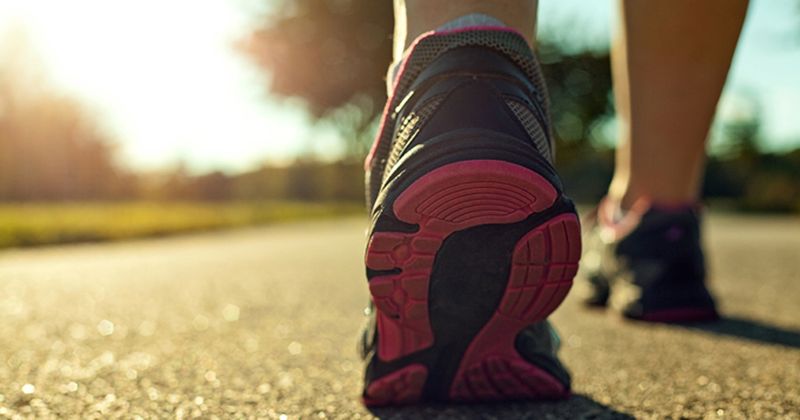Weather changes fail to impact risks for osteoarthritis pain, rheumatoid arthritis
Click Here to Manage Email Alerts
Key takeaways:
- Weather changes are not a risk factor for rheumatoid arthritis or knee, hip or low back pain.
- However, high temperatures combined with low humidity doubled the risk for gout flares.
Weather changes are not risk factors for rheumatoid arthritis or knee, hip or low back pain, but do appear to influence gout flares, according to a meta-analysis published in Seminars in Arthritis and Rheumatism.
“The weather is frequently blamed for changes in musculoskeletal health,” Manuela L. Ferreira, PhD, of the University of Sydney, told Healio. “However, this belief is not consistently supported by research.”

To examine whether changes in the weather impact transient risks for RA and musculoskeletal pain, Ferreira and colleagues conducted a meta-analysis of 11 case-crossover studies comprising 15,315 adults diagnosed with musculoskeletal conditions. The studies compared 28,010 reported instances of musculoskeletal pain with 102,536 control periods, and all but one drew precise weather data from meteorological sources.

The researchers limited themselves to case-crossover studies as they compare participants “with themselves, allowing for the inclusion of a well-matched control window when participants did not experience the event, eliminating time-invariant confounding bias and minimizing selection bias of exposure,” they wrote.
According to the researchers, analysis of data pooled from the 11 studies revealed no increased risk for RA, knee pain or low back pain associated with changes in air temperature, humidity, barometric pressure or precipitation. However, researchers in one study reported that, among patients with gout, the combination of high temperatures and low humidity was linked to double the risk for increased pain, redness and joint swelling (OR = 2.04; 95% CI, 1.26-3.3).
Limitations of this study include diverging definitions of musculoskeletal events in the individual studies, different handling of weather data and low frequency of extreme weather changes, the researchers wrote.
“Clinicians should exercise caution when recommending musculoskeletal pain management based on weather parameters,” Ferreira told Healio. “Future research should focus on ascertaining the nature and magnitude of other modifiable risk factors for musculoskeletal pain and strategies to manage those.”


